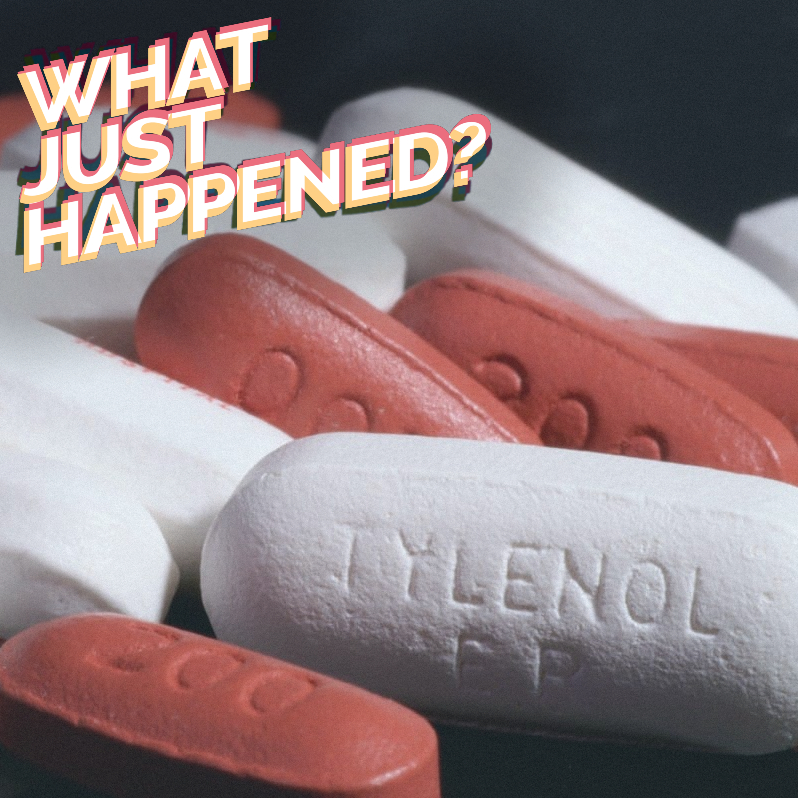In a crisis, there’s a real temptation to focus on the here and now. Our instinct is to go into survival mode. It’s hard enough to think about getting through the next 24 hours, let alone to think about what to do once the crisis is over.
In the last year, we’ve all thought: “When will life go back to normal?” Businesses ask the same question after a crisis: “When can we go back to business as usual?” And the answer to both is the same: there may be no such thing as ‘normal’ for a long time in the wake of a major crisis.
But eventually, you’ll pass the peak of the crisis, and in its aftermath there will be a period of recovery.
It can be particularly tough for your team to start thinking about recovery plans, when all they want to do is get back to some semblance of normality. They’ll be exhausted, and relieved to be over the worst. But how you handle a recovery plan is just as critical as how you handle the crisis itself.
The critical thing in a crisis recovery plan is that you regain trust. Trust in your brand could have been badly damaged during the crisis, and everything you do should focus on rebuilding it.
I love this framework from Professor Nicole Gillespie, who’s an expert in organisational trust at the University of Queensland (UQ) Business School. She has created a six-point plan to recover from a crisis, and this is a great structure for any crisis recovery plan:
- Make sense of what’s happened, in order to restore trust. Gillespie recommends a process of ‘sense-making’ to establish what went wrong, and how to stop it happening again. That means publicly facing up to the issue, explaining what happened (without ‘scapegoating’) and tackling the root cause of the problem.
- Make amends. This might include a public apology (that is genuine and heartfelt); accepting punishment (such as fines); and offering compensation. The anger that may have built up during the crisis will only subside if the company is seen to face up to its mistakes, and to do the right thing.
- Be seen to be adopting high standards and acting in accordance with rules and regulation. Particularly signing up to, adhering to and reporting against voluntary standards.
- Build an ethical culture, where misdemeanors by employees are less likely (and if they do happen, they’ll be nipped in the bud). Remind people of the company values, and what is and isn’t accepted. Lead by example.
- Be transparent and accountable. If you want to show you have nothing to hide, you have to open the doors and show people what you’re doing to put things right. If you say you will make a change within a year, report back regularly on what you’re doing to affect that change, and confirm when the change has been completed.
- Consider what Gillespie calls ‘transferring trust’ – associating with a respected trusted figure or institution to help restore credibility.
This framework is a great way to rebuild faith in the brand. Trust is earned through action and behaviour, not just good communications. But communicating that action and behaviour will show people that you’re serious about righting the wrongs of the crisis, and taking tangible steps to ensure it doesn’t happen again.
–
Featured image by Alexander Andrews on Unsplash








